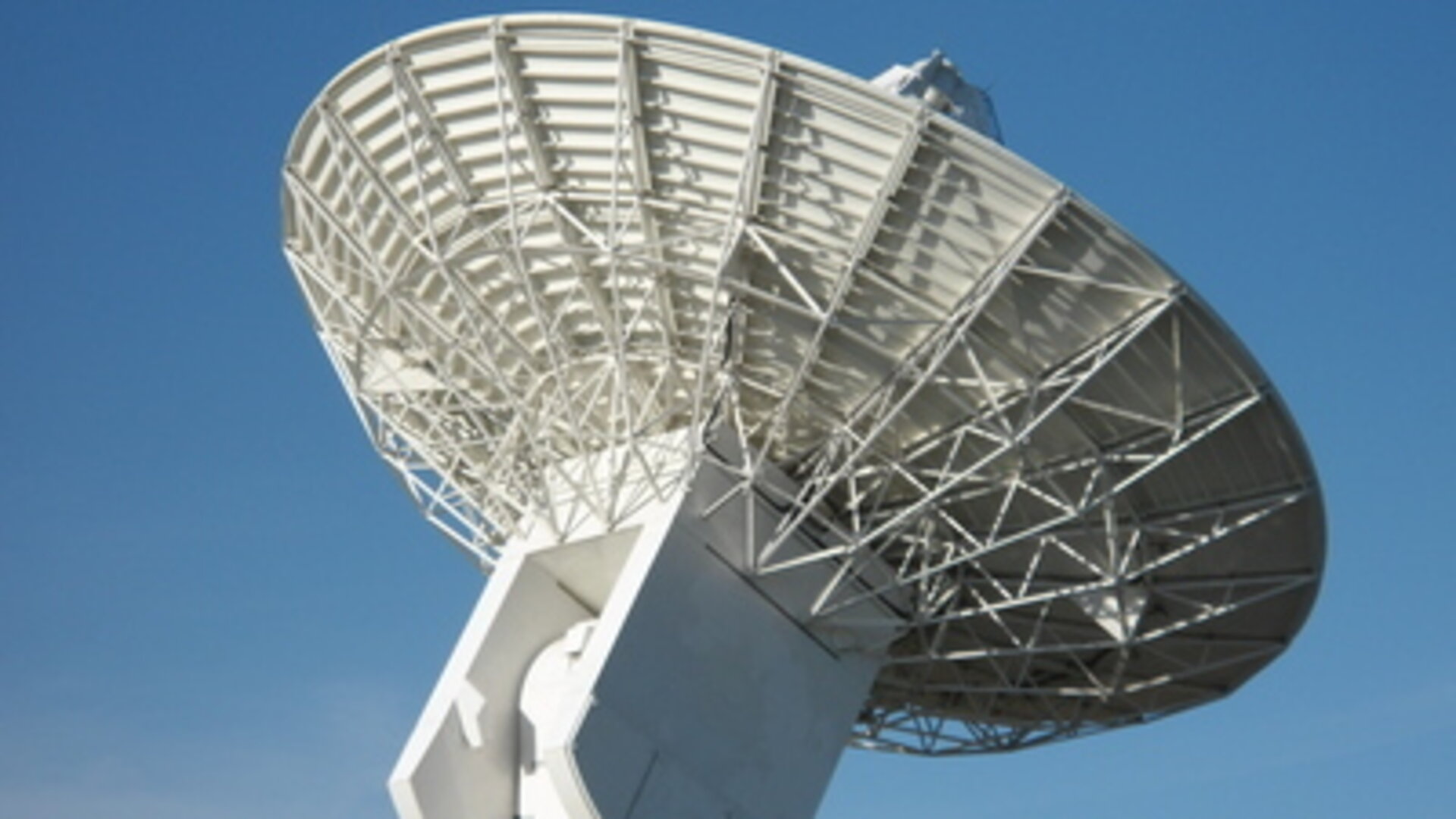Operators staking their claim in space
Mobile satellite operators from Europe, Africa, the Middle East, Asia and Oceania have gathered at ESA this week to stake their claims in a tiny band of space frequencies.
These operators offer many of their mobile services in the 1-2 GHz L-band frequency range, including mobile telephony, maritime communications, satellite news gathering and aeronautical radio-navigation.
Demand for such services continues to increase, but only 33 MHz of spectrum is available to all mobile satellite operators worldwide. The scarce spectrum makes it difficult to accommodate current and future demand.
“Unfortunately, physical limits mean that not all requirements can be satisfied,” explains Edoardo Marelli, head of the ESA Frequency Management Office.
“But one way or another we have to reach an agreement on how to assign frequencies for 2013, the alternative being a lawless wild-west situation with continuous communication interruptions due to radio interference between operators.
“In such a situation, there would be no guarantee of service to customers.”
The Operators Review Meeting (ORM) is held every year. ESA attends to ensure the mobile payload on its Artemis telecommunications satellite will be given enough frequencies to operate.
Other participants include Inmarsat (UK), Thuraya (UAE), JRANSA (Japan), RSCC (Russia), ACeS (Indonesia) and SingTel-Optus (Australia). As users of the Artemis payload, Italy’s Telespazio provides support to ESA during the negotiations.
Sitting in as an observer this year is the Beijing Global Information Centre for application and exploitation. Next year, China plans to be a participant.

Negotiations are likely to include the mobile payload on Alphasat I-XL, set for launch in 2013. Alphasat I-XL, being developed through a public–private partnership between ESA and Inmarsat, will be integrated into the Inmarsat satellite fleet to provide mobile satcom services for users in the maritime, land and aviation sectors.
It will provide coverage over Europe, Asia, Africa and Middle East. Alphasat I-XL uses Alphabus, the new European high-power telecommunications platform developed by Astrium and Thales Alenia Space under a joint ESA and CNES contract.
This is the second time ESA has hosted the Operators Review Meeting at its ESTEC facility in Noordwijk, the Netherlands.




